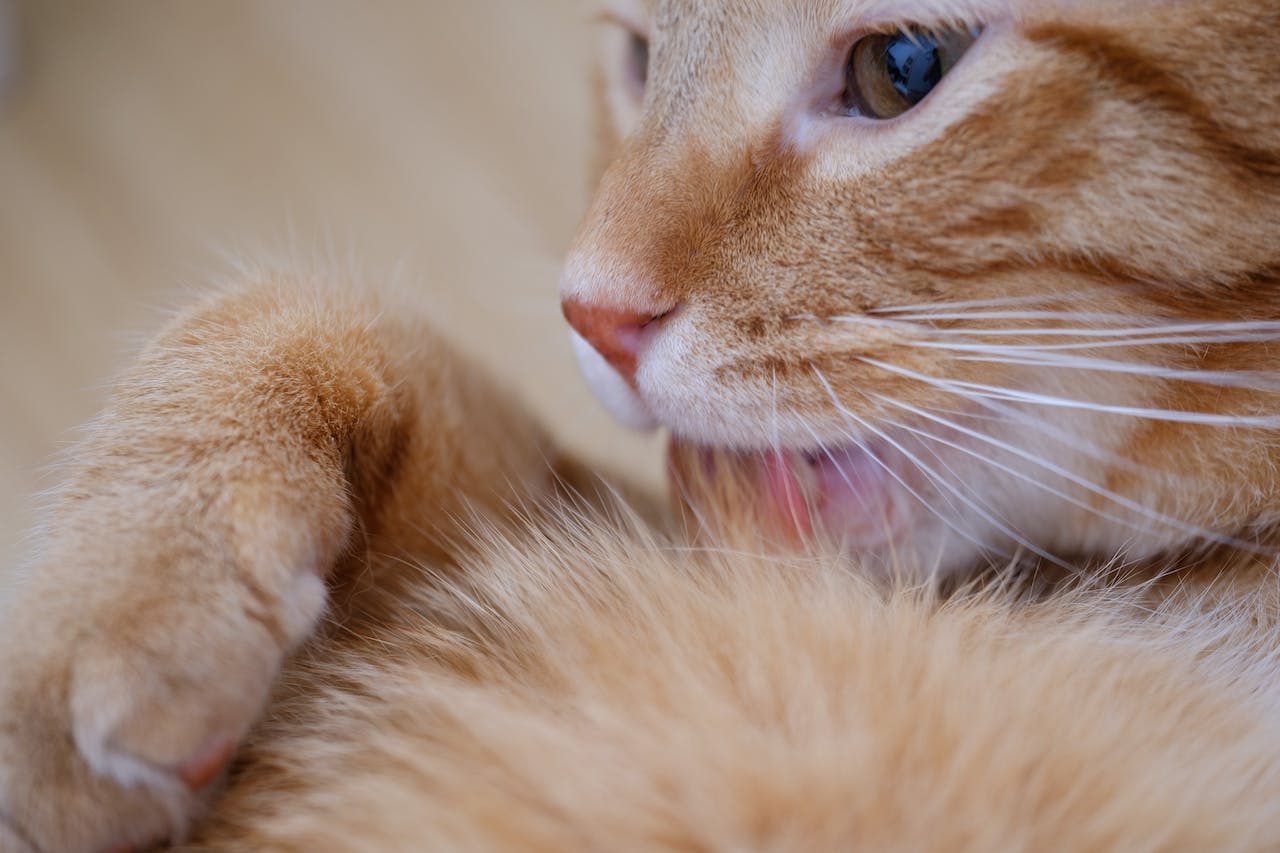
29 Dec What is the Effect of Maloclussion in Cats?
Malocclusion, the misalignment of teeth in the upper and lower jaws, can pose discomfort and potential health challenges for cats, mirroring dental issues experienced by humans. Recognizing the effects of malocclusion in cats is crucial for pet owners to identify signs and take essential steps to safeguard their feline companion’s oral health and overall well-being.
Defining Malocclusion
Malocclusion refers to the misalignment of teeth, resulting in an improper bite when a cat’s mouth is closed. This condition can arise due to various factors, including genetic predisposition, dental trauma, or abnormal tooth development. The severity of malocclusion varies, impacting a cat’s ability to eat, close its mouth, groom effectively, and maintain proper oral hygiene.
What is the Effect of Malocclusion on Cats?
Malocclusion can manifest in several ways, leading to diverse oral health issues and potential complications:
- Difficulty Eating: Cats with malocclusion may struggle to grasp and chew food efficiently, potentially causing a reduced appetite and weight loss.
- Dental Pain: Misaligned teeth can induce discomfort and pain, particularly if they press against the gums or other oral tissues.
- Gum Disease: Improper tooth positioning creates pockets where food and bacteria accumulate, heightening the risk of gum disease and infections.
- Excessive Wear and Tear: Malocclusion can result in uneven wear on teeth, fostering additional dental problems and potential damage to tooth enamel.
- Grooming Challenges: Cats may find it challenging to groom themselves when oral discomfort hinders proper cleaning of fur and skin.
Managing Malocclusion in Cats
While some instances of malocclusion can be addressed with diligent dental care and monitoring, most cases necessitate veterinary intervention. Treatment options may involve:
- Dental Exams and X-rays: Regular dental check-ups aid in early malocclusion detection, enabling timely treatment measures.
- Dental Extractions: Removal of problematic teeth may be necessary to alleviate discomfort and prevent further malocclusion-related complications.
- Orthodontics: In select cases, orthodontic procedures may be recommended to address traumatic occlusion.
- Dietary Modifications: Offering easily chewable diets that don’t exacerbate dental discomfort helps manage the effects of malocclusion on a cat’s eating habits.
Cat Dentist South Carolina
Understanding and addressing malocclusion in cats is essential for promoting their dental health and ensuring a happy and comfortable life. Regular veterinary assessments and proactive care play pivotal roles in managing this condition effectively. Don’t forget to book your cat’s next dental appointment at one of our South Carolina clinics!
Photo by Peng Louis from Pexels




